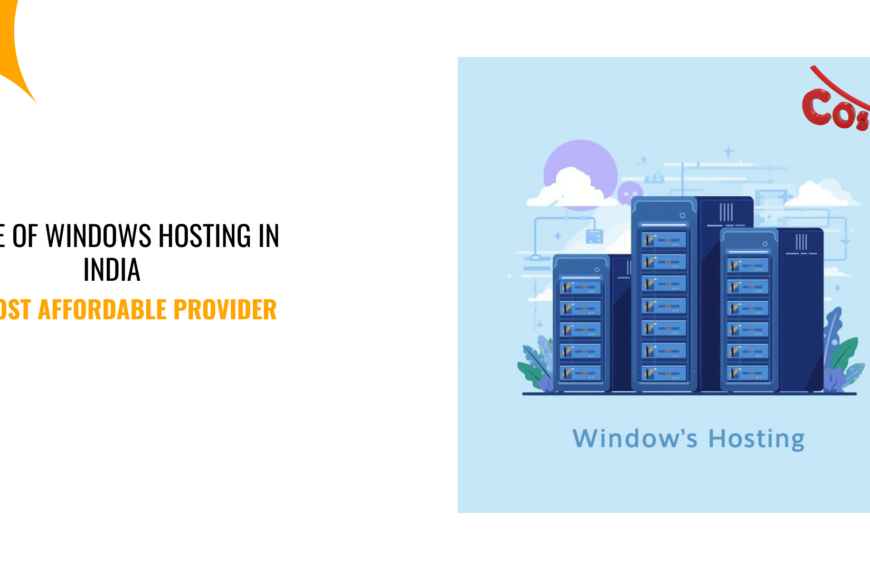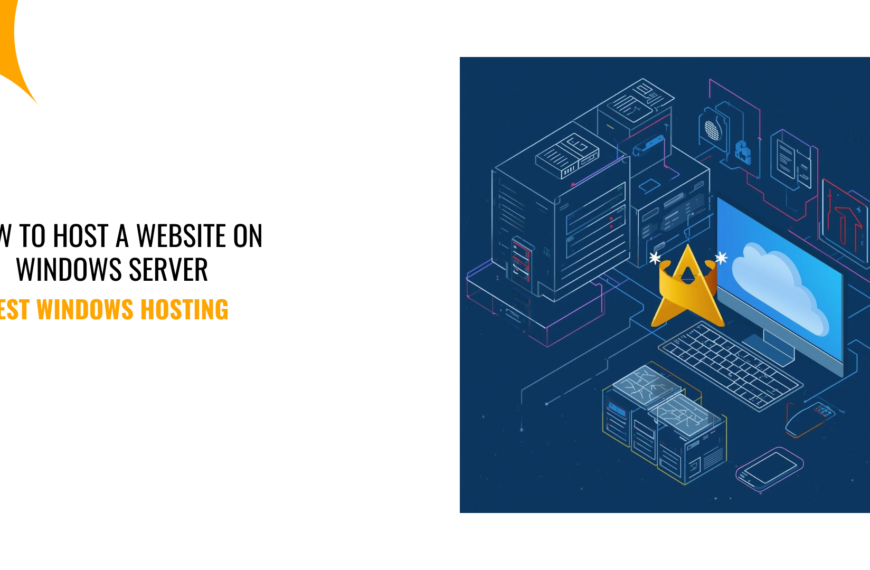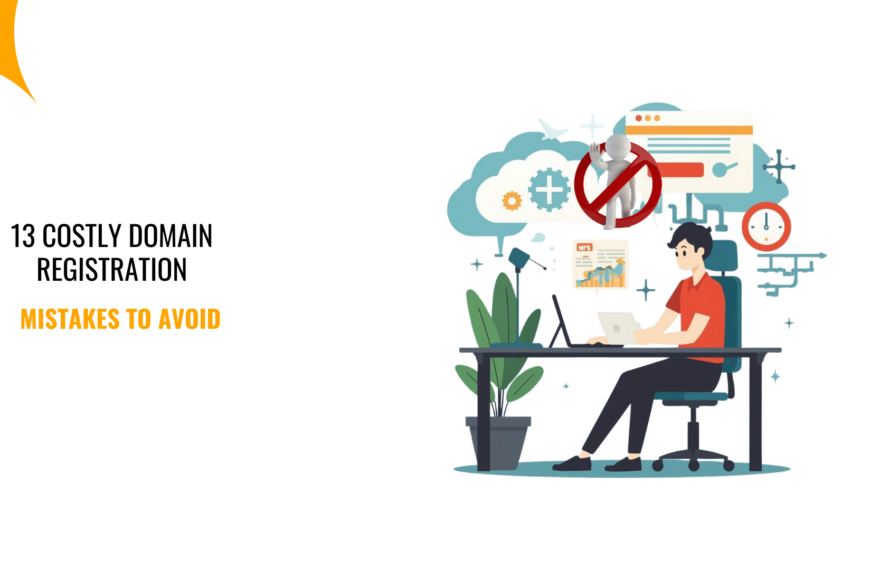India has the second largest population in the world and is projected to be the fastest-growing major economy in 2019 and 2020, with an annual growth rate of 7.5% and 7.4%, respectively.
The country’s internet users are expected to double to 640 million by 2022. These two factors make India a great opportunity for online businesses.
The number of online shoppers in India is expected to reach 200 million by 2023, making it one of the largest e-commerce markets in the world.
Furthermore, mobile phone users are expected to grow from 1.03 billion in 2018 to 1.17 billion by 2021, which presents a huge opportunity for businesses that have a mobile-first strategy.
How about this? With over 50% of the population below the age of 25.
These young people are tech-savvy and have a high propensity to spend on the internet. For instance, Credit Suisse recently projected that India’s “younger population will drive eCommerce growth in the country for years to come.”
This means that businesses that target this demographic online will have the chance to grow their bottom line and increase revenues.
With that said, there are many opportunities for businesses to grow online.
1. Research your target market
As the world becomes more and more digital, businesses must follow suit in order to remain competitive. This is especially true for businesses targeting the Indian market.
India is one of the world’s largest and fastest-growing economies, making it an increasingly attractive target for online businesses.
However, simply setting up shop online is not enough to tap into this vast market.
To be successful, businesses must research their target market and tailor their products and services to meet the specific needs and preferences of Indian consumers.
Fortunately, there are a number of ways to gather information about potential customers in India.
Online surveys, focus groups, and customer interviews are all effective methods for learning about target markets.
Additionally, social media can be a valuable source of insights into what Indian consumers are looking for from online businesses.
2. Find the right platform
When it comes to growing your online business in India, finding the right platform is essential.
Well, there are a number of different platforms available, each with its own advantages and disadvantages.
And that is why it is crucial to do your research and choose the one that best suits your needs.
For example:
If you are into online stores, one popular option is Shopify.
Shopify is a platform that allows you to create an online store quickly and easily. It provides you with everything you need to get started, including templates, themes, and payment processing.
However, it does have some drawbacks.
For example, it can be more expensive than other platforms, and it doesn’t offer as many features as some of the other options.
If you’d rather start a blogging business in India, you will come across WordPress.
WP, as commonly known, is a content management system that allows you to create a website or blog easily. It is free to use, and it offers a wide range of features.
However, it doesn’t have built-in payment processing, so you might need to find an add-on or pay for a separate service.
In the end, you need to pick a platform that fits your needs and that you are comfortable using.
Ask yourself these questions:
- What features do I need?
- How much time do I have to set this up?
- Do I have any technical knowledge?
- How much do I have to spend on this?
- What type of store do I want to make?
- How many products will I sell?
- Do I want my store to be mobile-friendly
- What is the payment option that works best for me? Etc.
3. Consider local payment methods
We’ve talked about payment methods. If you are thinking of ways to grow your online business in India, consider local payment methods. After all, if you want to make sales in India, you need to be able to accept payments from Indian customers.
There are a few different options available for accepting payments from Indian customers.
One option is to use a local payment gateway, such as CCAvenue or PayU India.
These payment gateways allow you to accept credit card and debit card payments from Indian customers.
Another option is to use an international payment processor that supports Indian rupees, such as PayPal or Stripe. This can be a good option if you already have an account with one of these processors and don’t want to set up a new account with a local processor.
And you could also consider using a local bank account to accept payments from Indian customers.
This comes in handy if you currently don’t have an international payment processor and would like to avoid the additional fees that they charge.
4. Optimize for mobile
Earlier you saw how mobile penetration is here in India.
There is no doubt about it, mobile devices are rapidly becoming the preferred way for people to consume content and conduct business online.
If you’d wish to tap into this growing market, no other option but to optimize your website and online presence for mobile.
Don’t let that scare you though, it is not as hard as it sounds. Here are a few tips:
- Make sure your website is responsive so it can be easily viewed on a mobile device.
- Use short, concise copy that can be easily read on a small screen.
- Use large, easy-to-tap buttons and links so users can navigate your site with ease.
- Include calls to action on your mobile site to encourage users to take the next step, whether it’s making a purchase or signing up for your newsletter.
- Optimize your images for fast loading on mobile devices.
5. Use social media effectively
By now you know that social media is a powerful tool that can be used to grow an online business.
When used effectively, social media can help to build brand awareness, drive traffic to your website, and generate leads and sales.
To give you an idea, here are proven strategies for using social media to grow your online business in India:
Create a strong social media presence.
Make sure you have a strong social media presence by creating informative and engaging content, and by actively participating in online conversations. This will help you to build trust and credibility with potential customers.
Use targeted advertising.
Use targeted advertising on social media platforms such as Facebook and LinkedIn to reach your target audience with laser precision. By targeting your ads specifically to people who are interested in what you have to offer, you’ll be more likely to generate leads and sales.
Build relationships with influencers.
Look for social media influencers in your industry, and build relationships with them. This can help to increase your reach and visibility, and will also make it more likely that people will listen to what you have to say.
Use visual content.
Make sure your social media posts are visually appealing by using high-quality images and videos. This will help you to stand out from the competition, and will also make it more likely that people will engage with your content.
6. Collaborate with other businesses
By teaming up with complementary businesses in India, you can reach a wider audience and tap into new markets. This type of collaboration can also lead to new business opportunities and help you better serve your customers.
To find the right collaborator, start by identifying businesses that share your target market or that complement your product or service offering. Once you’ve found a few potential partners, reach out and see if they’re interested in working together.
Hands down, working with other businesses can be a great way to accelerate your growth and get ahead of the competition in India’s rapidly evolving online landscape.
7. Implement an effective content marketing strategy.
If you are looking to grow your online business in India, one of the best things you can do is implement an effective content marketing strategy.
Content marketing is a strategic marketing approach focused on creating and distributing valuable, relevant, and consistent content to attract and retain a clearly defined audience — and, ultimately, to drive profitable customer action.
With that in mind, here are a few tips to get you started:
- Figure out what kind of content your target audience wants to see. Do some market research or simply ask them directly what they’d like to read about.
- Create high-quality, original content that provides value to your readers. This could include blog posts, infographics, videos, etc.
- Promote your content across various channels, such as social media, email marketing, and paid advertising.
- Regularly measure the performance of your content so that you can adjust your strategy as needed.
8. Invest in search engine optimization (SEO).
In India, online businesses must invest in search engine optimization (SEO) to grow their visibility and reach potential customers.
SEO helps your business appear higher in search engine results pages (SERPs), making them more likely to be found by web users.
Yes, SEO is a complex and ever-changing field, but there are some basic best practices that all businesses can follow to improve their ranking on SERPs.
Some of the most important SEO strategies for Indian businesses include:
- Researching and using relevant keywords: Identifying and targeting the right keywords is essential for any successful SEO campaign. Businesses should use keyword research tools to find the best keywords for their industry, products, and services.
- Creating quality content: Quality content is one of the most important ranking factors for SEO. Businesses should create informative and keyword-rich blog posts, articles, product descriptions, and other types of content to improve their ranking on SERPs.
- Building backlinks: Backlinks are links from other websites to your website. They help improve your website’s authority and credibility in the eyes of search engines. Businesses can build backlinks by creating high-quality content and then promoting it on social media and other websites.
- Optimizing website speed and mobile friendliness: Website speed is a key ranking factor for SEO. Businesses should optimize their images, videos, and code to ensure that their site loads quickly on all devices. They should also ensure that their site is mobile-friendly, as more and more users are searching the web on mobile devices.
- Tracking your SEO progress: Businesses should use analytics tools to track their SEO progress and identify areas for improvement. By tracking their website’s traffic, keywords, backlinks, and other metrics, businesses can adjust their SEO strategy to achieve better results.
9. Get into email marketing
Email lists are a powerful tool for growing your online business in India.
In fact, by building an email list, you can stay in touch with your customers and prospects, and nurture them into lifelong fans and promoters of your business.
There are a few key strategies for building an email list:
- Make it easy for people to sign up. Include prominently placed sign-up forms on your website and in your emails. Make sure the sign-up process is quick and easy, with as few fields as possible to fill out.
- Offer something valuable in exchange for sign-ups. This could be a discount, a free report or e-book, or access to exclusive content or deals. Give people a compelling reason to hand over their email addresses.
- Grow your list organically. Focus on providing high-quality content and delivering an outstanding customer experience. As your business grows, so will your email list.
- Keep your list clean and up-to-date. Remove inactive subscribers and bounced emails on a regular basis. This will help ensure that your messages are getting delivered to the people who want to receive them.
- Respect your subscribers’ privacy. Make it easy for people to unsubscribe from your list if they no longer want to receive your emails. And never sell or share your subscribers’ email addresses with anyone else.
By following these strategies, you can build a high-quality email list that will be a valuable asset for your business.
10. Give influencer marketing a try
Influencer marketing is a great way to grow your online business in India.
You see, by partnering with influencers, you can reach a larger audience and promote your products or services to a new demographic.
Influencers can also help you build brand awareness and create content that resonates with your target audience.
The trick is finding the right ones.
To find the right influencer for your business, consider your industry and what type of content would be most effective for promoting your products or services.
Once you’ve identified a few potential influencers, reach out and introduce yourself.
Build a relationship with the influencer and offer them something of value in exchange for their help promoting your business.
When done correctly, influencer marketing in India can be an effective way to grow your online business in India.
Go ahead and partner with the right influencers and create quality content, reach a new audience and build brand awareness.
11. Don’t forget Google Ads
Google Ads is a powerful tool that can help you reach new customers and grow your online business in India. Here are a few tips to get the most out of Google Ads:
- Use keyword targeting to reach your target audience.
- Set a budget that you’re comfortable with and be sure to track your results so you can adjust your campaigns as needed.
- Take advantage of ad extensions to make your ads more visible and informative.
- Use negative keywords to exclude irrelevant searches.
- Target your ads to specific locations, languages, and devices.
- Experiment with different ad formats and placements to find what works best for your business.
- Make use of remarketing campaigns to reach people who have already expressed interest in your products or services.
Most importantly, keep an eye on your competition and see what they’re doing with their Google Ads campaigns.
Final thoughts
As the world increasingly moves online, businesses must adapt their strategies to stay ahead of the curve. India is no exception.
While it may be a challenge to break into the Indian market, doing so can pay off handsomely for your business.
Here, we’ve talked about 11 proven strategies to help you grow your online business in India.
Which one will you try first?
 cPanel HostingManage your website with cPanel, the most user-friendly hosting control.
cPanel HostingManage your website with cPanel, the most user-friendly hosting control. Domains SearchFrom .com to unique country domains, explore and register extensions worldwide.
Domains SearchFrom .com to unique country domains, explore and register extensions worldwide. Email HostingSimple, secure email hosting that helps you stay connected and professional.
Email HostingSimple, secure email hosting that helps you stay connected and professional. Reseller HostingStart your own hosting business with easy and reliable reseller hosting plans.
Reseller HostingStart your own hosting business with easy and reliable reseller hosting plans. AffiliateJoin our affiliate program and earn commissions every time you bring in new customers.
AffiliateJoin our affiliate program and earn commissions every time you bring in new customers. IN Domain PricesDon’t miss out on the best domain deals in India!
IN Domain PricesDon’t miss out on the best domain deals in India! WHOIS LookupFind out who owns a domain name with a quick and easy WHOIS search.
WHOIS LookupFind out who owns a domain name with a quick and easy WHOIS search. Domain TransferTransfer your domain to us and enjoy reliable support every step of the way.
Domain TransferTransfer your domain to us and enjoy reliable support every step of the way.







